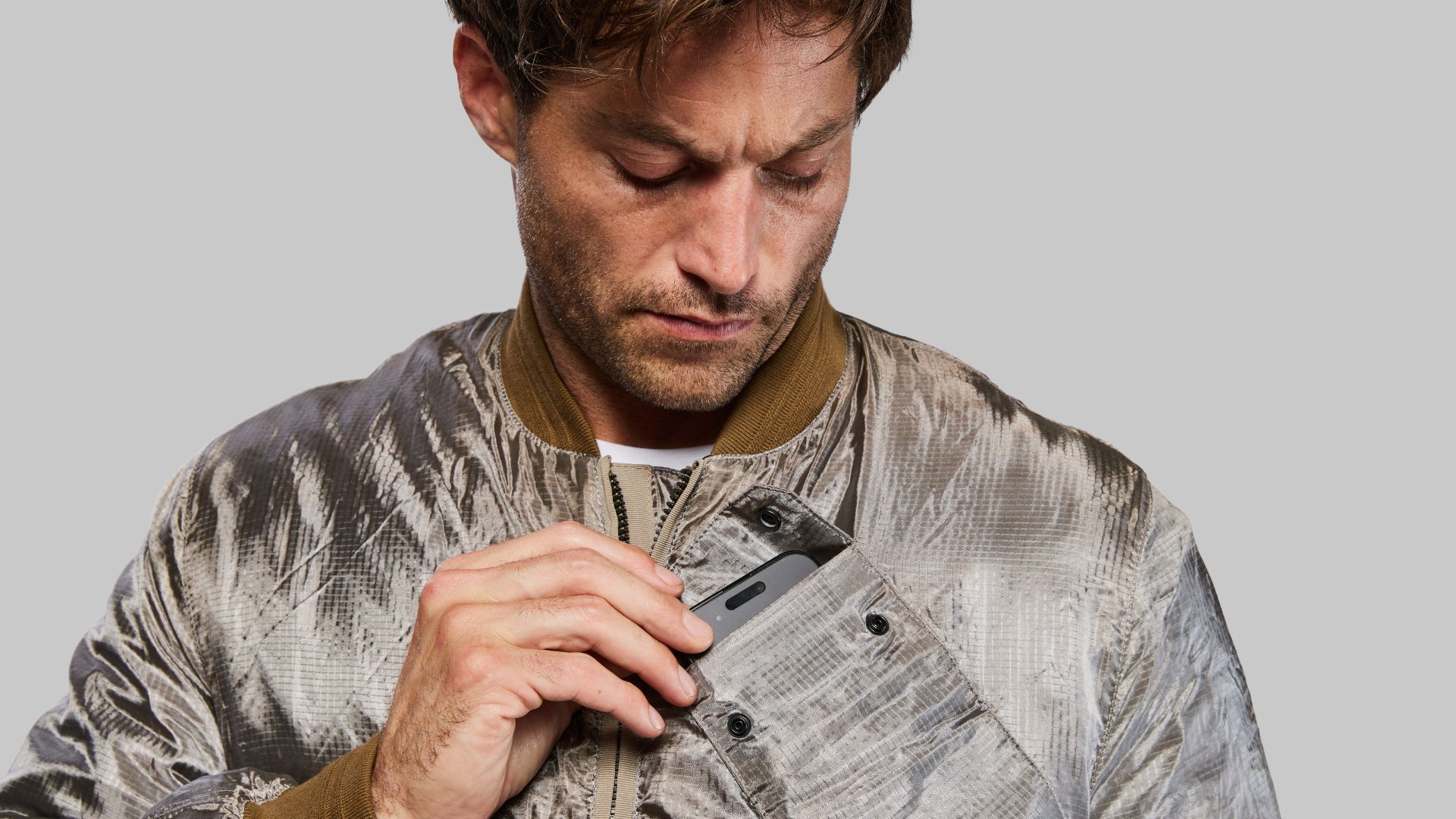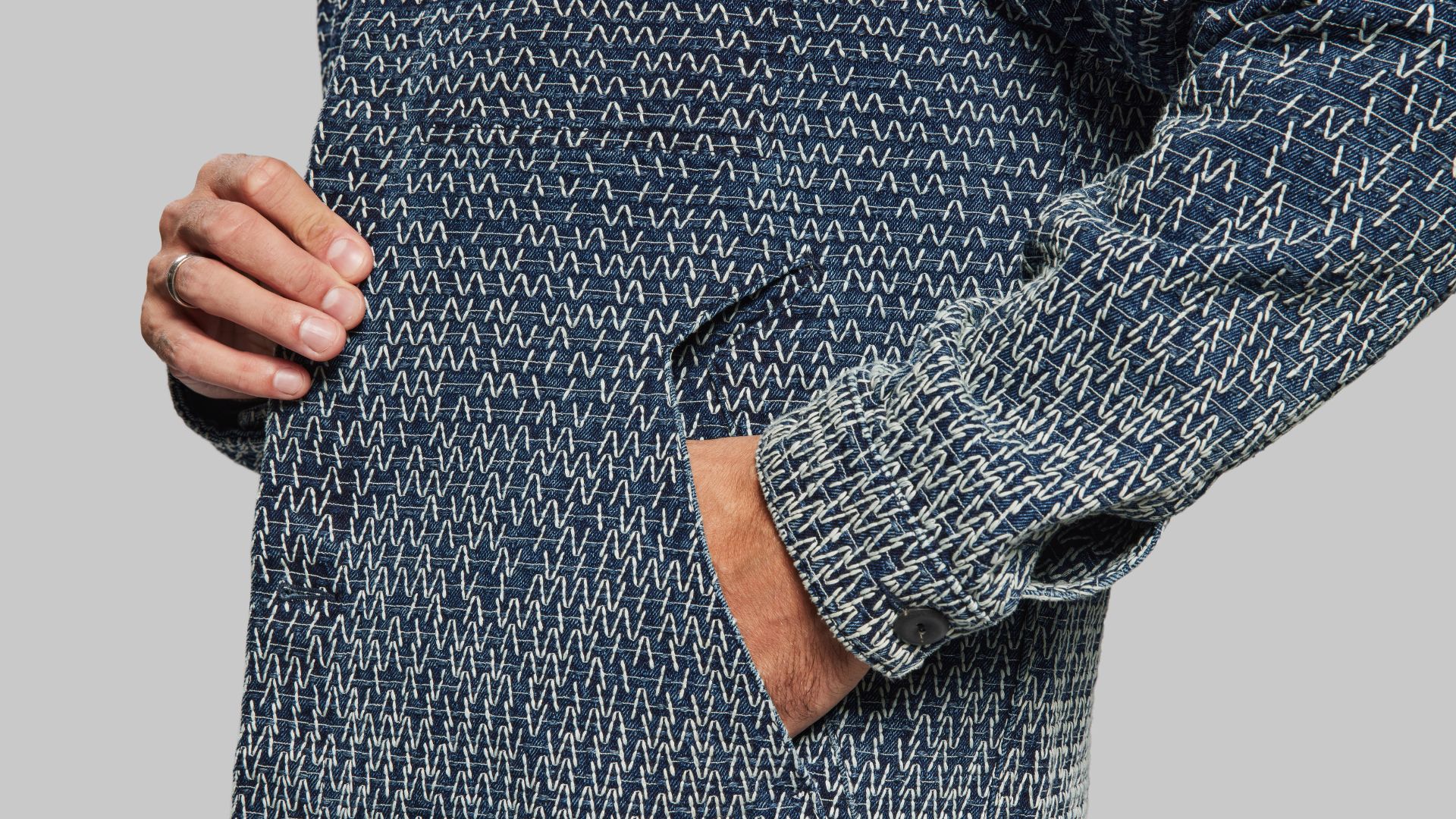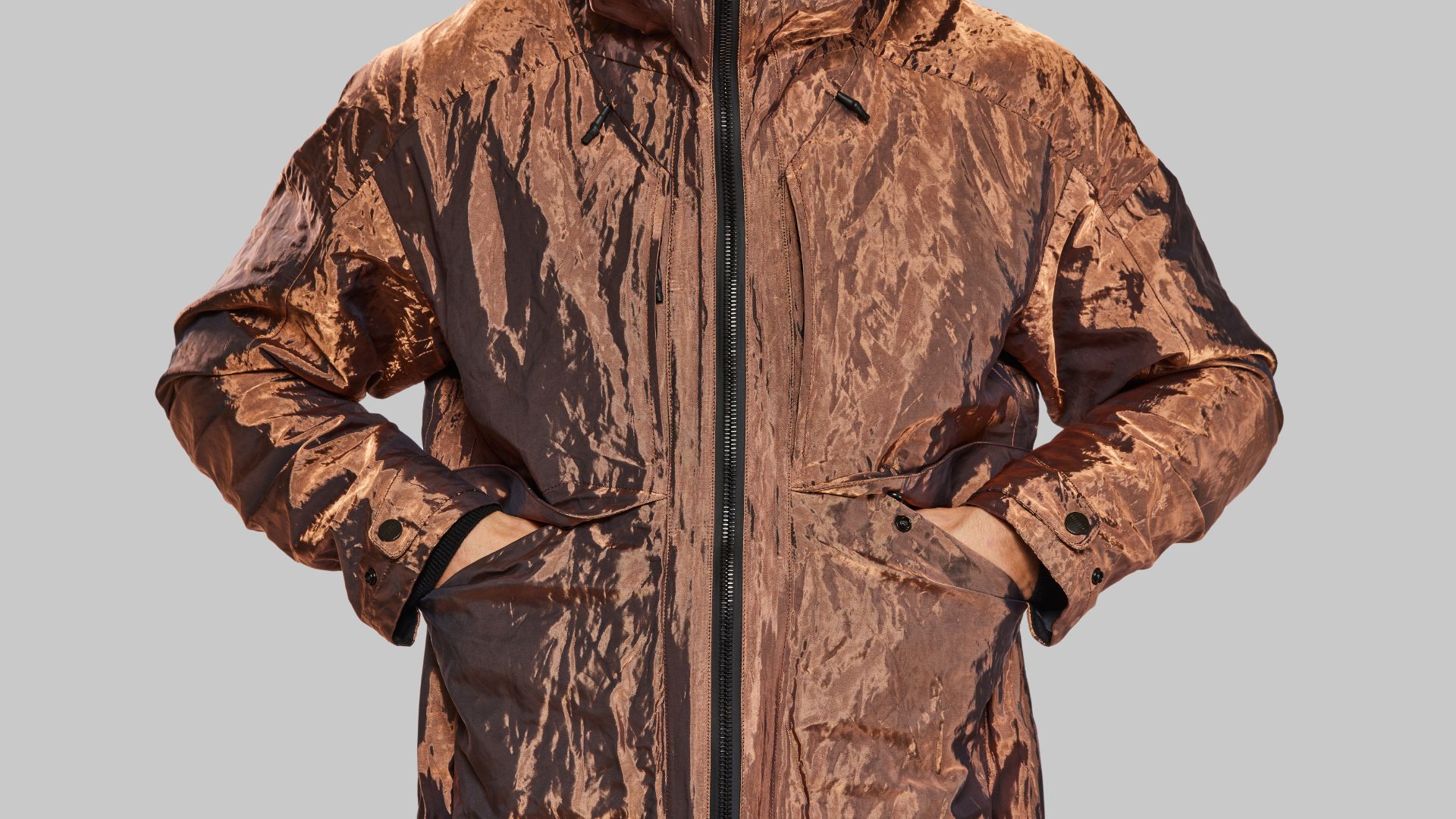From Cavemen to Catwalks, this is why pockets are the secret key to your style
Pockets of wisdom from London's best tailors

It’s a curiosity of style that is defiantly male - even a touch macho. Recent years have seen a celebration of those bits and pieces that amount to what have been termed EDC, or Every Day Carry. That’s the watches and pens, handkerchiefs and penknives, phones, notebooks and micro-tools, clips and wallets that, we’re told, men delight carrying wherever they go. There’s a strong touch of the Boy Scout always being prepared in this. But these celebrations of the EDC always miss one crucial point: where does all this EDC stuff go? If you’re woman it goes in your bag. If you’re a man, the inference is that it goes, of course, in your pockets. Pockets are men’s business.
Christian Dior once noted that “men have pockets to keep things in. Women [have them] for decoration”. So, if there’s a pocket on a women’s garment, its function is more often than not to break up the visual line of the item - something a good bespoke tailor also keeps in mind - than it is actually to store personal effects in. Women today often complain that these pockets are otherwise functionally useless - cut at the wrong angle, or with the pocket bag too shallow, and that’s if their pockets have a pocket bag at all. Often they’re faux. It’s a tell-tell sign of poor design when any garment has crap pockets, almost as though they’ve been designed to lose their contents.
Catwalk or Caveman?
And, according to the rule of EDC, contents they must have. All this stuff men cart about, no wonder they have a deep affection for the good pocket - even after many decades now of the fashion industry’s various attempts to get them to carry a bag (year after year on the catwalks and red carpets, year after year not much doing on the street). It’s a lesson men learn young too - where else to put your conkers and catapult?
“I think it goes right back to something caveman-like, that idea of travelling with the stuff we need about our person,” says Nick Tidball, co-founder of the high-tech clothing brand Vollebak, no stranger to a well-placed pocket, with even its new Neo Suit - a kind of weatherproof, temperature-regulating tailoring for tomorrow - featuring neat, zip-up pockets. “But I do think a great pocket is a thing of beauty. It’s like a great door on a car. It’s the furniture of a garment”.
That pockets are something men gravitate towards is also an idea underscored by history. The pocket originated in the 17th century - before then you were either too poor to have anything to carry, or rich enough to have someone carry it for you - when some unknown tailoring genius sewed a small pouch directly into the lining of what then would have passed for a jacket; women, meanwhile, would put their bits and bobs into a similar pouch that would be tied under their voluminous skirts so as to not spoil the silhouette. This pouch, would, in time, become the handbag, notably as women’s clothing became more form-fitting. That’s rarely a problem menswear has had.

The modern multiplication
Indeed, men’s style of recent years - with its enduring emphasis on a military-cum-outdoorsy flavour, underscored by technical brands the likes of And Wander, White Mountaineering, A-Cold-Wall, Stone Island, and more heritage-minded ones the likes of Nigel Cabourn and Engineered Garments - has run rampant with pockets, allowing Marsupial Man to have far more pockets than he may need (and certainly not as many as an actual soldier or frontiersman might).
From big chest pockets on western shirts through to the utility vest - a garment designed solely as a means of carrying pockets as a means of carrying your stuff, like some wearable bag - pockets are everywhere. Engineered Garments’s now staple FA Pant has, count ‘em, nine pockets. New collections run the gamut of pocket types too: patch, modular, 3D, hidden… Even womenswear is getting in on the pocket bonanza: Tod’s has removable pockets, Tory Burch a leather blouson with what looks like 10 pockets, Jane Wade trousers with absolutely ginormous saddlebag pockets. Perhaps the nuttiest of style offerings of late: a pair of Crocs, with cargo pockets attached.
Get exclusive shortlists, celebrity interviews and the best deals on the products you care about, straight to your inbox.
Why are we having a pocket epidemic?

And yet, according to Nick Ashley - pioneer of workwear-inspired motorcycle clothing and the designer behind Private White VC - this boom in pocketage isn’t always a good thing. “There’s a pocket epidemic at the moment, in part because manufacturing in China is booming,” he explains. “Pockets are complex to make and add considerably to the cost of a garment. But because it’s so much cheaper to make a garment with pockets in China [one tenth of the cost of doing so in the UK, he suggests] designers feel liberated to put on as many pockets as they like. So you literally are seeing pockets on pockets. But you can have too many pockets, not least because then you start to forget where you put your everything."
Tidball reckons that any more than four per garment and you have to ask whether they have any real purpose anymore. Ashley goes further. Too many is a bad look, he reckons: “Too many pockets and you end up looking like a full-kit w*nker,” as he puts it. ”It’s the sartorial equivalent of driving a shiny Range Rover around town. Too many pockets suggests you have a lifestyle that, in fact, you clearly don’t have. That said, you can never have too many pockets on the inside of a garment, hidden away for your use when needed”.
One historical study showed that the average American man’s three-piece suit and shirt in 1945 - at the end of World War Two, during which many returning servicemen had had a deep education in the benefits of pockets - had an incredible 24 of them, but you’d never have known it as an onlooker. Not everyone was impressed with this feat. Bernard Rudofsky, the modernist architect and director of MOMA’s short-lived Department of Apparel Research, actually campaigned for fewer pockets in menswear. He argued that, actually, men don’t need most of the stuff they carry. Much of it was useful only as far as having has a talismanic quality that reassured the carrier. Much of it, he said, amounted only to so much “ballast”.
The verdict

Maybe he was right. Or maybe wearers of this kind of suit - having lived through a world war - understood that pockets were needed so one felt ready for the storm to come. Certainly various psychological studies have suggested that we’re all more likely to gravitate towards more practical clothing - harder-wearing, looser-fitting, protective and, yes, with lots of pockets - in times of uncertainty. And we have those now. We want to have all the important stuff - foldable fall-out shelter, zombie repellent etc - ready to hand, not somewhere at the bottom of a bag with bits of tissue, out-of-date gum and old pen lids. Excess pockets? When the apocalypse comes, you’ll be glad to have them.

Skip the search — follow Shortlist on Google News to get our best lists, news, features and reviews at the top of your feeds!

Josh Sims is a freelance writer and editor based in the U.K. He’s a contributor to The Times (London), Esquire, Robb Report, Vogue and The South China Morning Post, among other publications. He has written on everything from space travel to financial bubbles, and art forgery to the pivotal role of donkeys in the making of civilisation.
A former editor of British style magazines Arena Homme Plus and The Face, Sims is also the author of several books on style including the best-selling Icons of Men’s Style. He’s married and has two boys. His household is too damn loud.
You must confirm your public display name before commenting
Please logout and then login again, you will then be prompted to enter your display name.


